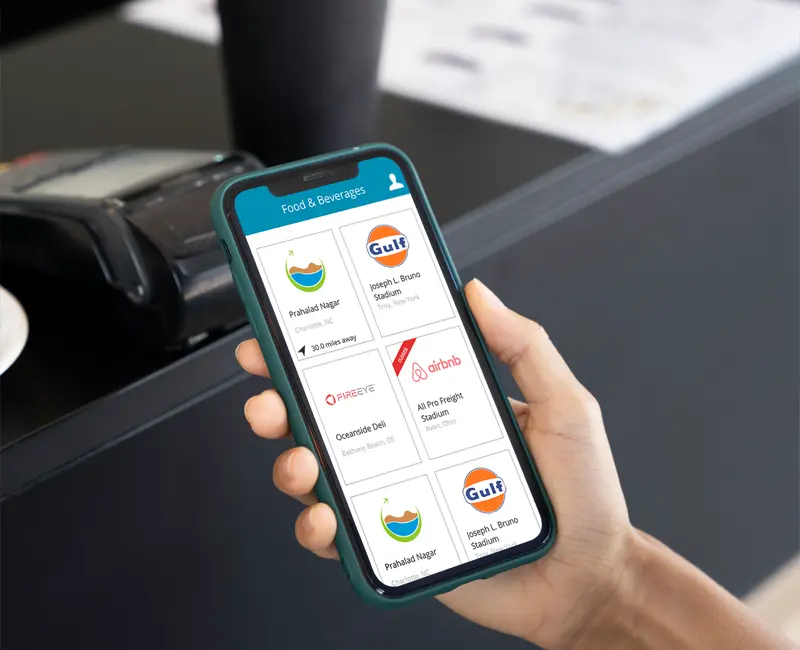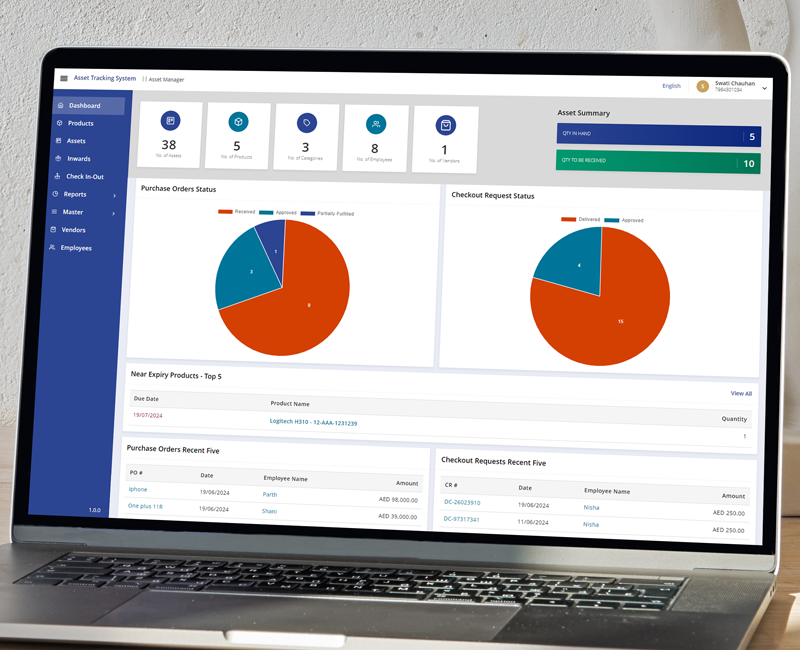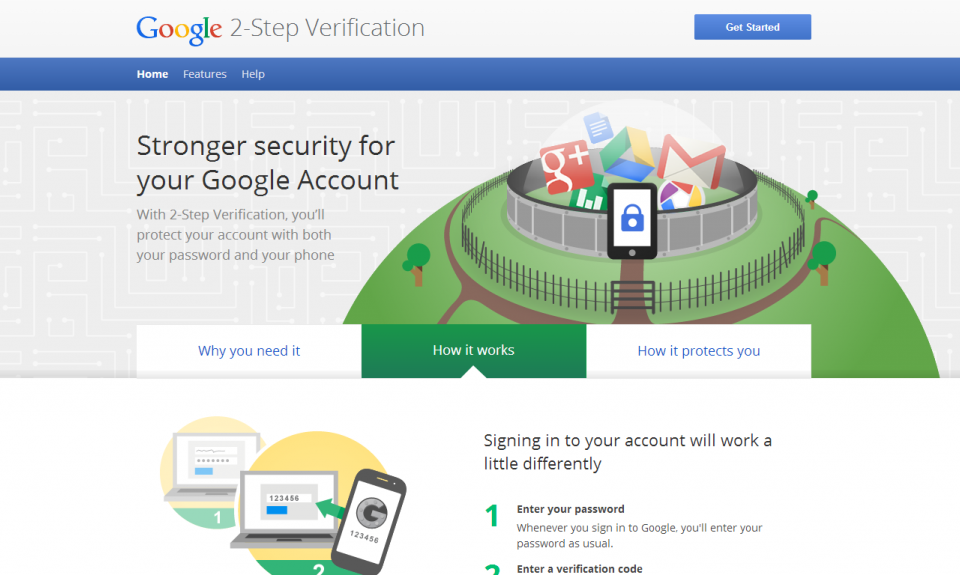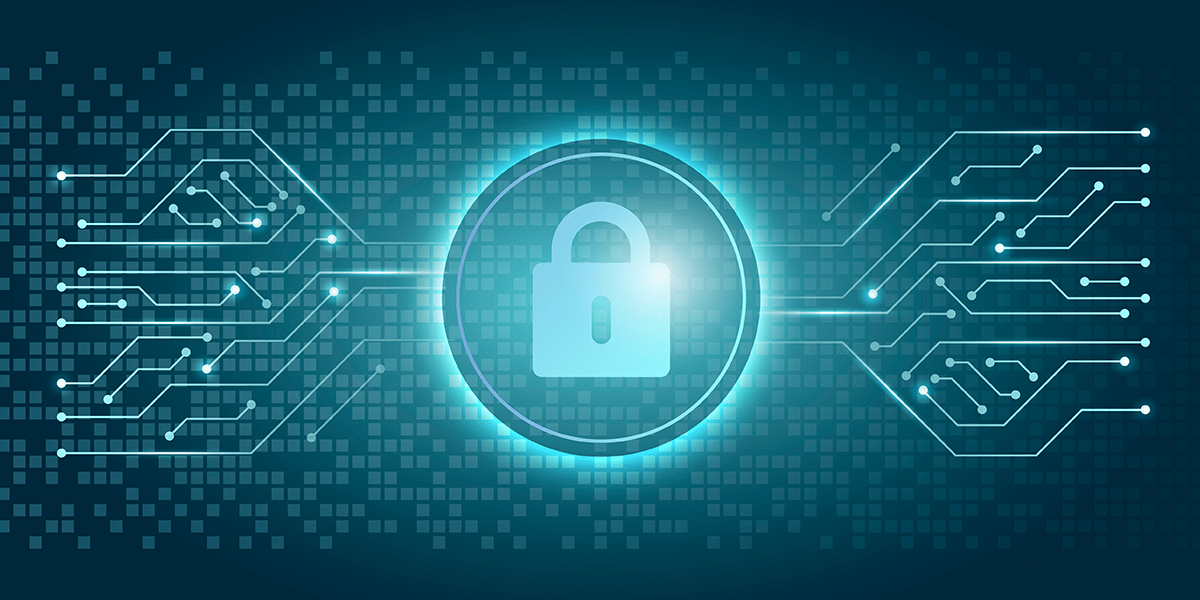
We usually think about network security or operating system security when we talk about IT security. However, with the growing popularity of web-based applications for a variety of purposes, More emphasis is being placed on “cybersecurity,” a phrase we’ve been familiar with since the early 1990s and the emergence of the internet.
As we know web apps are now an important part of our business & daily life. Businesses and people may simplify and get more things done with fewer resources by adopting web applications, attaining goals much faster than they did before.
While technology has advanced the world, it has also brought with its flaws and consequences. Cyber attacks and cyber threats are the most common sources of concern for people when it comes to technology. These risks have the potential to steal sensitive information and data, posing a risk to both the firm and its users. These dangers are particularly severe for web applications, which often contain highly sensitive personal information.
The only solution to overcome these issues is for developers to make data protection a top priority. Here’s a brief about the technologies and techniques we rely on, as well as how data security affects our daily lives, to have a better understanding of our environment.
Data Protection – What Is it?
Data protection is the process of safeguarding digital data while keeping it useable for commercial reasons without endangering the privacy of customers or end-users. As the number of devices to monitor and ensure security grows, data protection becomes extremely complex. It now encompasses Internet of Things (IoT) devices and sensors, industrial machines, robots, sensors, and other tools. Data protection reduces risk and allows government & business agencies to respond rapidly against threats.
Importance of Data Protection
Data protection is important; since the overall number of computers, and devices grows each year and computing becomes more complex. This vast array of computing devices, which extends beyond the boundaries of IT infrastructure, generates enterprise data.
Purpose of Data Protection
The purpose of data protection is to protect and make data accessible in any situation by using procedures and technology.
To protect data, you may use storage technologies such as disks, tapes, or cloud backups to keep backup copies that can be retrieved in case of loss. Data protection is further enhanced by additional software techniques such as cloning, mirroring, replication, snapshots, changed block tracking, etc.
In the era of technological improvements, continuous data protection has become the norm, allowing for near-instantaneous data recovery if any change is made to the data.
Choosing the Right Data Protection Technique & Technology
When it comes to protecting our customers’ data, we provide several storage and management methods. Our solutions can assist our clients in restricting access, monitoring activity, and responding to risks. Here are some of the best Techniques and technology we use to earn our client’s trust while protecting their data:
Analysis of data

This is the fundamental step in data protection, and it entails determining which data sets exist in the organization, which are business relevant, and which contain confidential material that may be subject to compliance standards.
Data Loss Prevention (DLP)
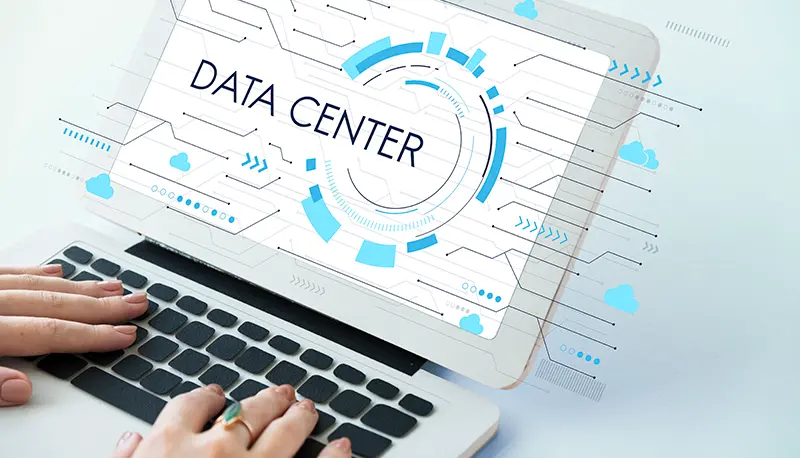
A group of tactics and tools for preventing data breaches, loss, or inadvertent deletion. In many cases, the methods for preventing and recovering from data loss are integrated into a single data loss prevention system.
Access control & Authentication

Controls that assist customers in validating credentials and ensuring that user privileges are applied correctly. These restrictions are often used in conjunction with role-based access controls as part of an identity and access management solution.
Data Erasure

Once the data has been processed and analyzed, it can be erased. Many compliance rules, such as GDPR, require the deletion of superfluous data.
Integrated data protection for storage
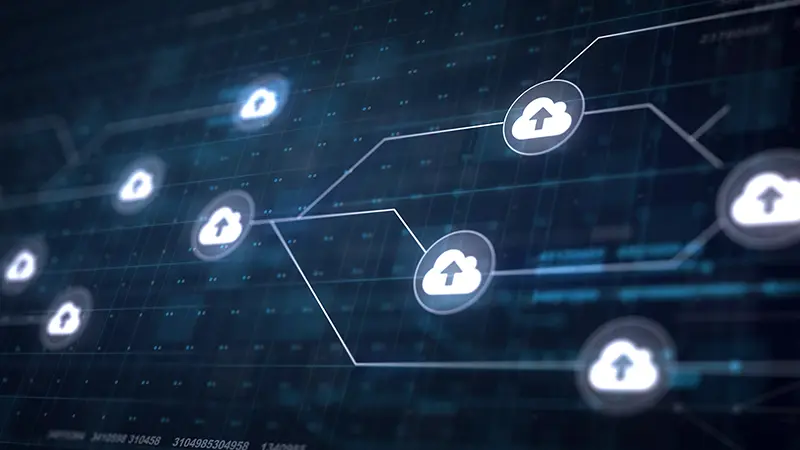
Disk clustering and redundancy are incorporated into current storage devices. Cloudian’s Hyperstore, for example, offers up to 14-nines of durability, low-cost storage for volumes of data, and rapid access with minimal RTO/RPO.
Encryption
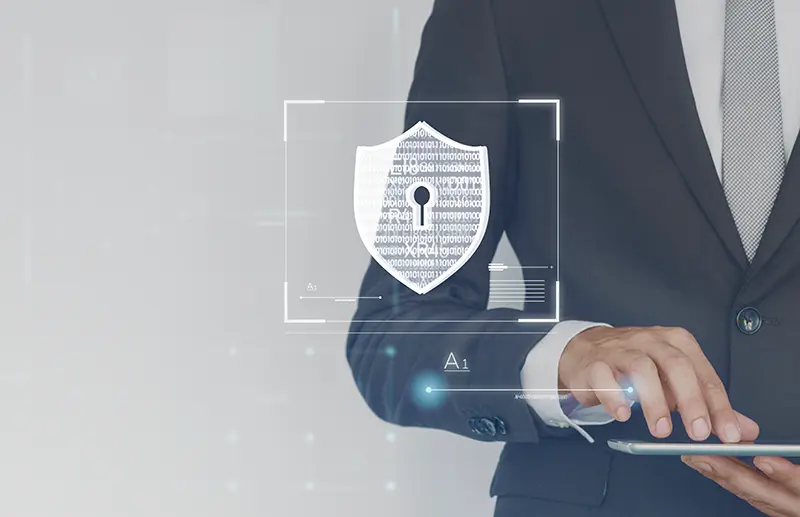
A technique used to alter data with the ability to be reversed only with the correct encryption key. Regardless of whether data is stolen or not, encryption protects your information from unwanted access.
End Point Protection

The software provides protection to network gateways such as ports, routers, and linked devices. It can be used to monitor and filter network traffic at the perimeter.
Backup

This method creates copies of data and stores them separately, allowing the data to be retrieved later if lost or modified. When original data is accidentally or purposefully lost, destroyed, or corrupted, backups are a vital technique for ensuring business continuity.
Replication

Data is continuously copied from one location to another over a secure network. A copy of the data is constantly updated, so if the primary system fails, the copy can be quickly accessed to recover the data.
Snapshot

As with a backup, a snapshot is a complete image of a protected system that contains data and system files. Snapshots allow us to revert a whole data back to its previous state.
Firewalls

The purpose of these tools is to monitor and filter the traffic flowing through a network. In order to ensure that only authorized users can access or move data, Firewalls can be used.
Your Data Is Safe With Us
When it comes to app security, there are no hard and fast rules. These apps may store user data on remote servers, and as the leading app development company, we will protect your app from the entire process. Software, data transfer, and servers all fall under this category.
Our team of professionals at Sufalmtech will ensure that our customers and their users never experience a cyber-attack or have their data stolen. Our team works hard to protect your data from malicious people.




